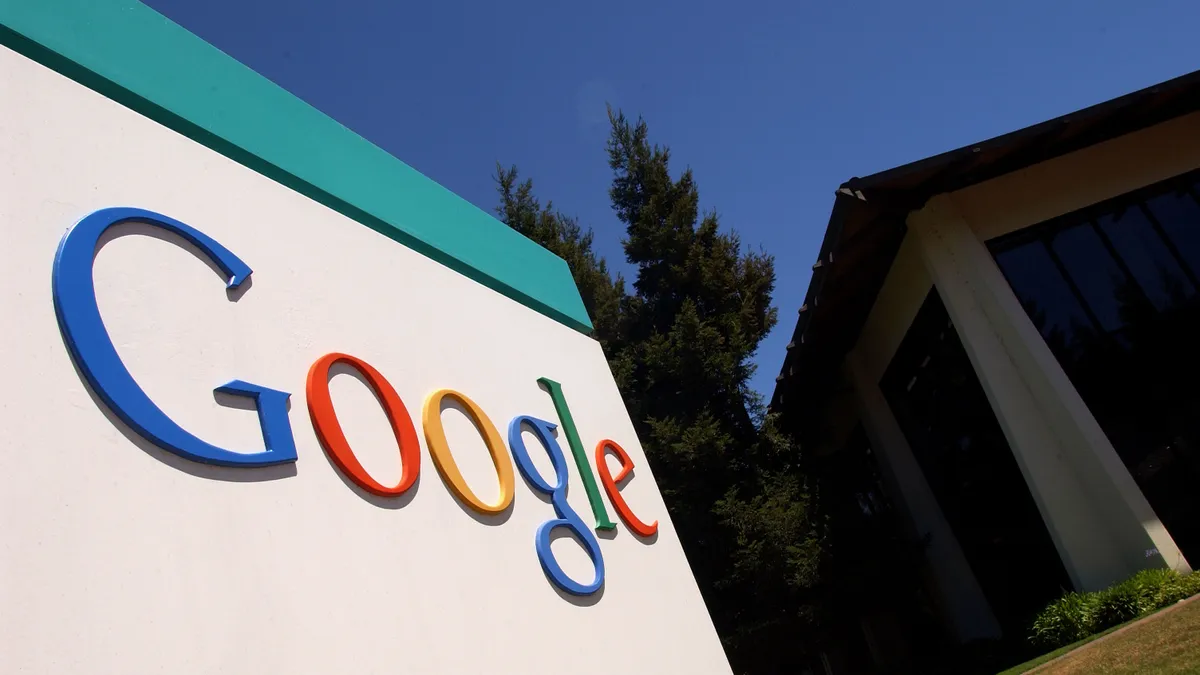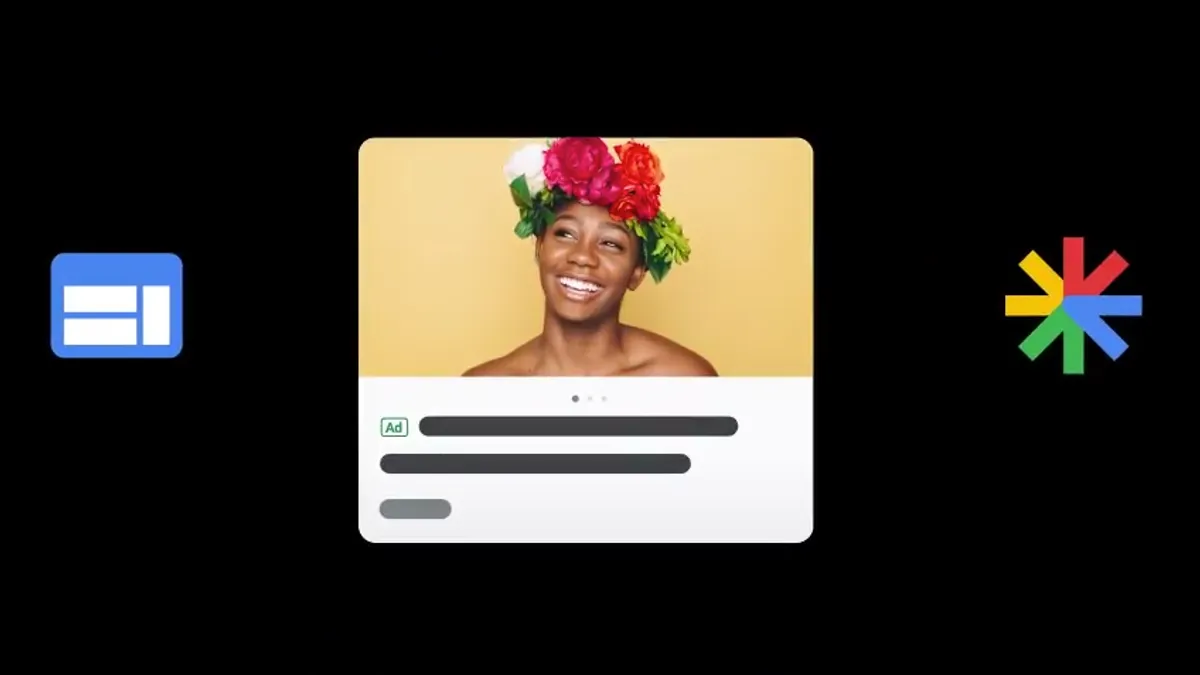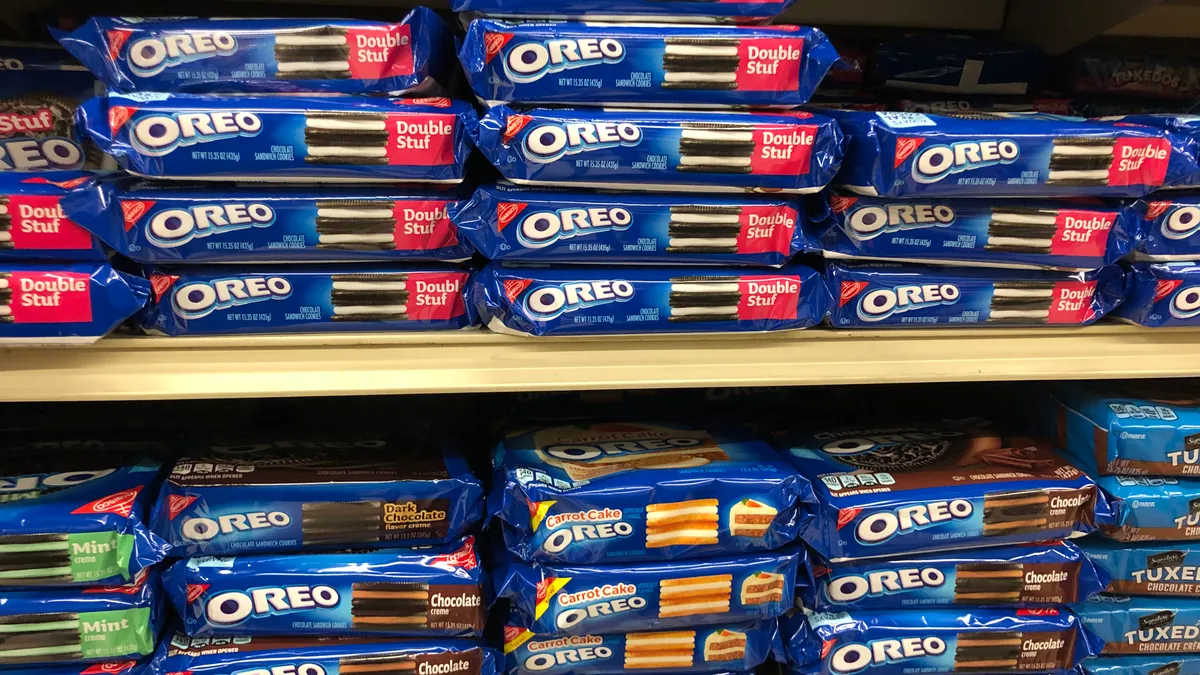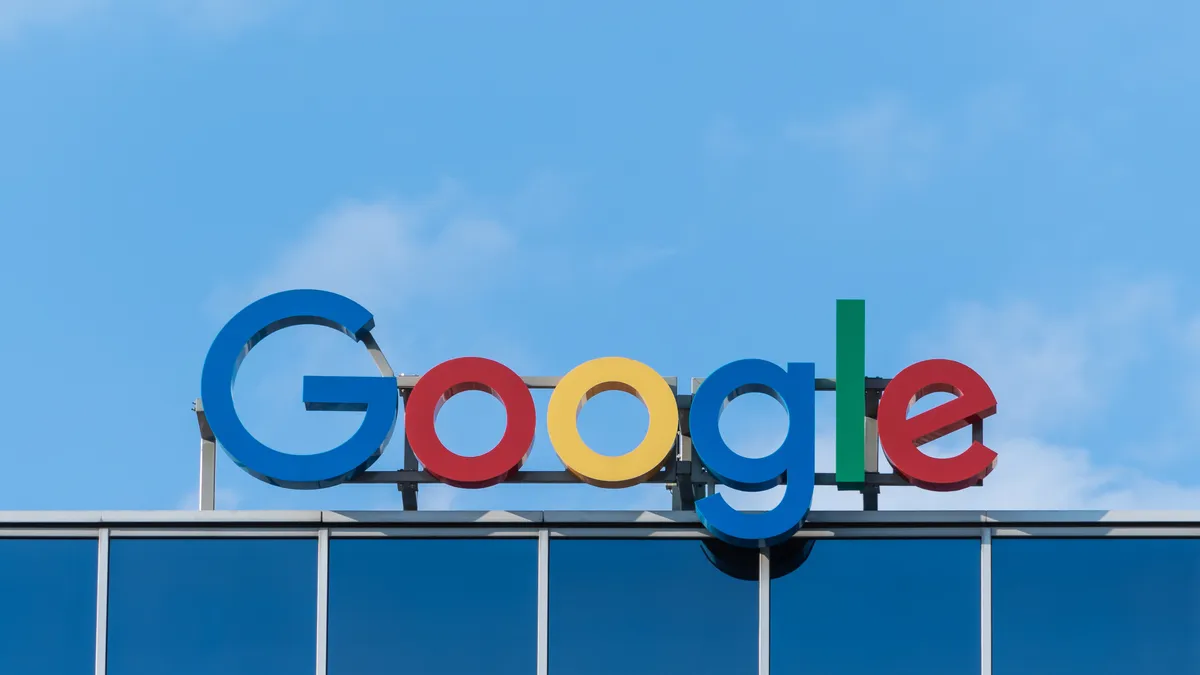The following is a guest post by Rico Rosa, customer success manager at publisher data platform Permutive. Opinions are the author's own.
The digital advertising industry is at an inflection point. Cookies are going away (making one-to-one targeting harder), practices such as fingerprinting are becoming obsolete and there's new regulation. There's no getting away from it, user privacy now sits at the forefront of government regulators, the digital economy and its consumers.
The future holds many new challenges for advertisers and publishers, and benefits too. They're tasked with developing tactics and strategies that continue to drive performance and engender trust in this new, well-informed society. Before those tactics and strategies are built, it's important to take a step back and understand how and why the industry got to where it is today.
A brief history of targeted display advertising
The rise of targeted display advertising began with the introduction of digital advertising in the early 1990s. The goal was simple: obtain more traffic, clicks or popularity for the brand being advertised. As technology progressed through the 90s — with the first ad-server in 1996 — and into the 2000s, advertisers and publishers got smarter about how they could use those display ads to their advantage.
Targeted advertising started out straightforward with contextual approaches giving advertisers the ability to target ad inventory based on the content of the web page being consumed. With the mass adoption of mobile devices and the internet came audience targeting or behavioral targeting, which relied on the data that was being collected by the sites users visited across the web. That data was stored in a cookie that pervaded our digital footprint and was lobbied for by advertisers as a better means to engage consumers.
The end result was an explosion in data mining by third-parties and the data was sold to advertisers to target users across the web at the expense of consumers' privacy. Programmatic inventory became a race to the bottom and it's the publishers who lost.
Advertisers look to privacy-safe ways to target
Digital ad targeting will return to its roots, where context matters and a publisher has the legal right to access data on its users — with the proper tools in place. It's no longer a race to the bottom, but a race against yourself to drive the industry in the direction of your audience. This future will reveal a path where contextual and audience targeting work harmoniously together to drive better outcomes for advertisers. But what does that look like?
Audience targeting is a strategy that takes the interests and behaviors of users to create groupings, or segments. These segments are then used to serve more relevant and engaging advertisements.
Imagine the types of people that marketers want to engage: sports fans, homeowners or fashion innovators, for example. Each of these users interact with specific types of content and behave in different ways. Marketers can take these signals to create groups of users that are representative of a desirable audience. For example, a basketball fan would be defined as a user that has viewed multiple basketball related pages over the past 30 days. This group of users can then be targeted across all pages on the domain, enabling marketers to develop a long-term relationship with the user group over time.
Contextual and audience targeting differ
Audience targeting is based on a specific user profile, whereas contextual targeting is based on page content. Contextual will see a brand target lipstick across beauty related content, but audience-targeting results in a brand targeting lipstick enthusiasts across any content.
Another example is buying gifts for friends and family, when you don't know what they'll like or how much to spend. A common strategy to avoid giving an unwanted gift is to take a mental note when a loved one expresses an interest in something. This is audience targeting — using historical context and behavior to inform advertising decisions.
However, buying a gift in the moment can be equally gratifying. Taking care of the bill at dinner with friends or family, for example, can be a great way to ensure your gift is relevant and enjoyed. This is contextual targeting — using information about what a user is consuming in the moment to inform advertising decisions.
A direct relationship with the end user
Publishers are the only destination on the web that have a direct relationship with their users and the inventory to deliver on campaigns. This creates an opportunity for publishers to be empowered in a new advertising ecosystem. Combine this intimate relationship with their ability to leverage data to segment users, and publishers are able to provide the most accurate and efficient environment to target an audience.
More importantly, publishers have no need to send a user's data across the bid-stream to create a valuable audience. All the data needed to create and target a desirable group of users can be collected within a publisher’s walled garden. This makes audience targeting with a publisher one of the most privacy compliant strategies for any digital marketing campaign.
Marketers and publishers should continue to seek meaningful ways to bridge the gap the loss of the cookie leaves behind. Audience and contextual targeting should be permissioned by publishers to ensure the greatest accuracy and effectiveness are achieved by digital campaigns.

























